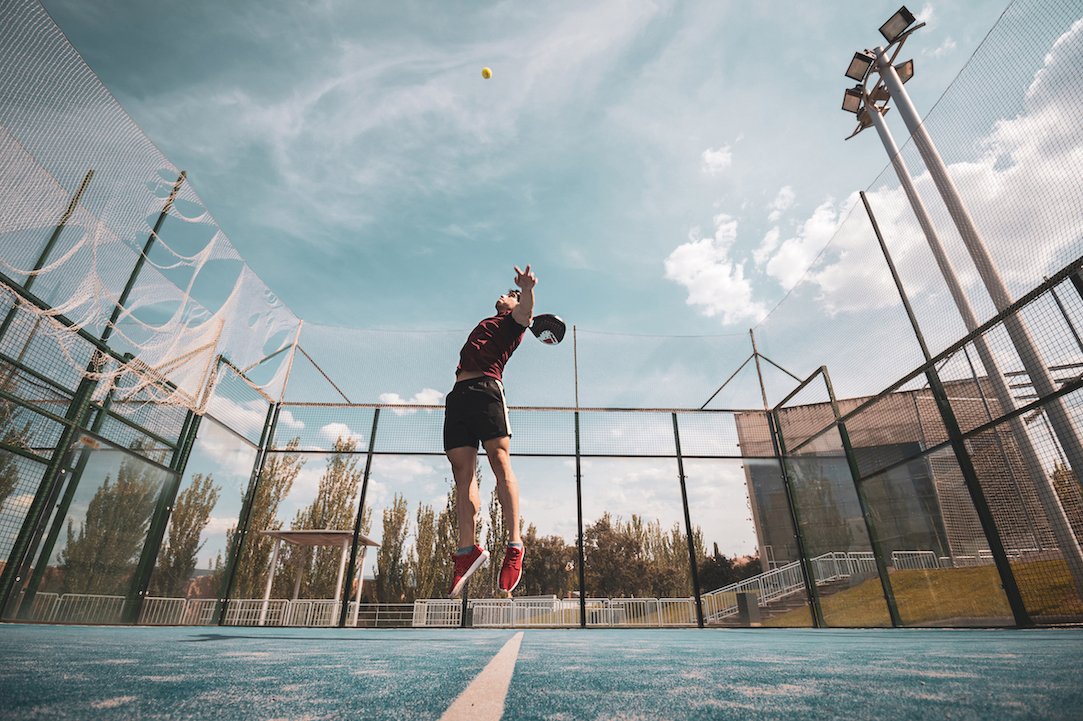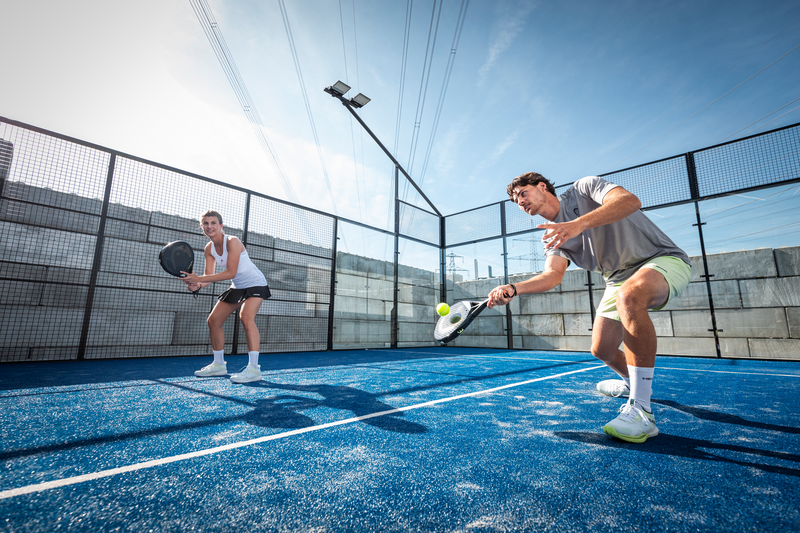
Padel demystified.
What is padel?
Padel is a racket sport that was invented in Mexico and enjoys huge popularity in Europe, Latin America, US, Middle East and Asia. It is one of the fastest growing sport in the world.
It is estimated that padel is played by over 30 million people in 130 countries around the world - yet many Kiwis haven’t heard about it. Yet.
Padel combines all the best elements of tennis, squash and badminton in an enclosed space that is slightly smaller than a regular tennis court. Most commonly, padel is played in doubles. The object of the game is to win 2 out of 3 sets to win the match. A set consists of 6 games and the scoring is the same as in tennis: 15, 30, 40, and game. The balls can bounce off the back and side walls allowing for unexpected bounces and exciting rallies.
Read more about Padel Rules here.
Padel is a great sport for players of all ages and skills, as it is easy to learn and instantly enjoyable, but still challenging enough to make you want to keep coming back! Most players get the grasp of it within the first twenty minutes of playing.
Highly social, loads of fun and a great workout, padel is an amazing way to meet people and stay in shape!
Here is how you play padel:
See padel in action:
Courts & equipment
Padel is played on an enclosed court that is just over a third of the size of a tennis court and has a playing surface of 20m x 10m. Like a tennis court it is divided in the middle by a net but unlike tennis the court is surrounded by walls, which can be utilised by players during the rallies.
The surface of the court can be made from a variety of materials, including cement, synthetic materials or artificial grass. The International Padel Federation also stipulates that the playing surface of a Padel court should be terracotta, blue or green.
The rackets used in padel differ substantially from tennis rackets. Padel rackets are made from composite materials with a perforated surface that is ergonomically designed to allow for airflow. The face measures 26cm x 29cm and the overall length of the racquet is 45cm. Because the racket is much shorter than a tennis racket, it is much easier to control.
Fun fact: Every year, in Spain around 900,000 padel rackets are sold compared to 400,000 tennis rackets.
Padel around the world
Padel has seen extraordinary global growth over the past decade and is now firmly established as one of the fastest-growing sports in the world. It is played across Europe, Asia, South America, the Middle East, and increasingly in Oceania and North America, with an estimated 35 million players worldwide and courts operating in more than 150 countries.
Spain remains the global epicentre of the sport, having had padel since the 80s, with tens of thousands of courts, millions of active players, and padel firmly established as the second most-played sport nationally after football. Italy has experienced one of the most rapid expansions, with the number of courts increasing several-fold in recent years and padel now ranking among the country’s most popular participation sports, supported by a rapidly growing network of clubs, academies, and competitions.
In Latin America padel continues to grow strongly - countries such as Brazil are now seeing a rapid court expansion and rising participation alongside traditional powerhouses like Argentina and Chile.
In Scandinavia, padel has transitioned from a rapid expansion phase into a mature participation sport, with hundreds of thousands of regular players and thousands of courts across countries such as Sweden and Denmark.
Closer to home, Australia has seen steady and accelerating growth since padel’s introduction in the mid-2010s. Court numbers have increased significantly over the past few years, sitting at 79 courts in 17 clubs, with further strong expansion projected as new venues and clubs come online and participation broadens beyond major cities.
Internationally, governance and structure continue to strengthen. 100 national federations are now represented within the International Padel Federation (FIP), which recognises hundreds of thousands of licensed players globally. The FIP is actively pursuing padel’s long-term inclusion in the Olympic programme, with Brisbane 2032 frequently referenced as a strategic milestone aligned with the sport’s strong regional growth and international governance development.
If you are interested in learning more about the International Padel Federation please see the following website:







